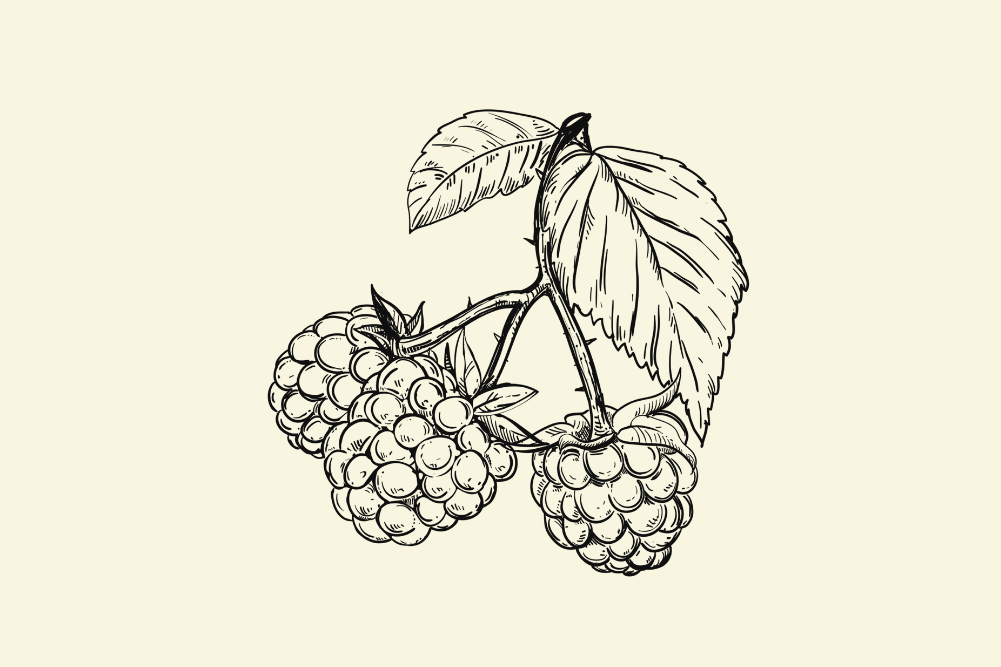Bacteria clouds
Amid recent, and justified, concern over misuse of antibiotics leading to antibiotic resistance it seems apparent that part of the way forward lies in prevention. So it is not just in the minds of germaphobes to avoid potential spots of bacterial infection. Although places like the handles of supermarket trolleys are known bacterial playgrounds, one place where we all become bacteria-conscious is public toilets. If you are one of those who perform impressive yoga poses in order to avoid touching the handle to a public convenience with any of your skin then a new study might direct your attention to an earlier part of the process.
It needs to be said from the outset that this study was funded by the European Tissue Symposium, so the fact that it raises questions about the paper towel opposition, hand dryers, might be taken with a grain of salt. However, the design of the study is sound and it actually points us to an important part of your post-ablution ritual.
The study was conducted by researchers from the University of Leeds contaminated the hands of subjects with a bacteria not commonly found in public toilets. The bacteria used was Lactobacillus and by contaminating hands with it the researchers were intending to simulate hands that had been poorly washed so that bacteria remained. By using Lactobacillus the researchers were able to ensure they were measuring only bacteria introduced by their experiment and not background bacteria.
After contaminating the subject’s hands with Lactobacillus the researchers had them use either warm air hand dryers or jet air dryers to dry their hands. They then measured bacteria levels around the hand dryers and at one metre and two metres away.
The results showed that air bacterial counts around jet air dryers were 4.5 times higher than around warm air dryers and 27 times higher than around paper towel dispensers. The bacteria were found to persist longer than the 15 second drying time and 48 per cent of the Lactobacilli were present five minutes after the drying time ended, and some were still present 15 minutes after hand drying.
On the one hand this would appear to speak in favour of paper towel use, although it is really only the jet dryers were much worse. In truth though, it really points to the need for proper hand washing, either after using the bathroom or after coughing or sneezing. If you are one of those who turn the tap on and then pass your hands under the water flow as if you fear it may be acid then you need to lift your hand-washing game. Give your hands a thorough scrubbing, preferably using a soap that does NOT have antibiotics added, and you will minimise your contribution to the bacterial cloud…and you’ll be floral-fresh into the bargain.







